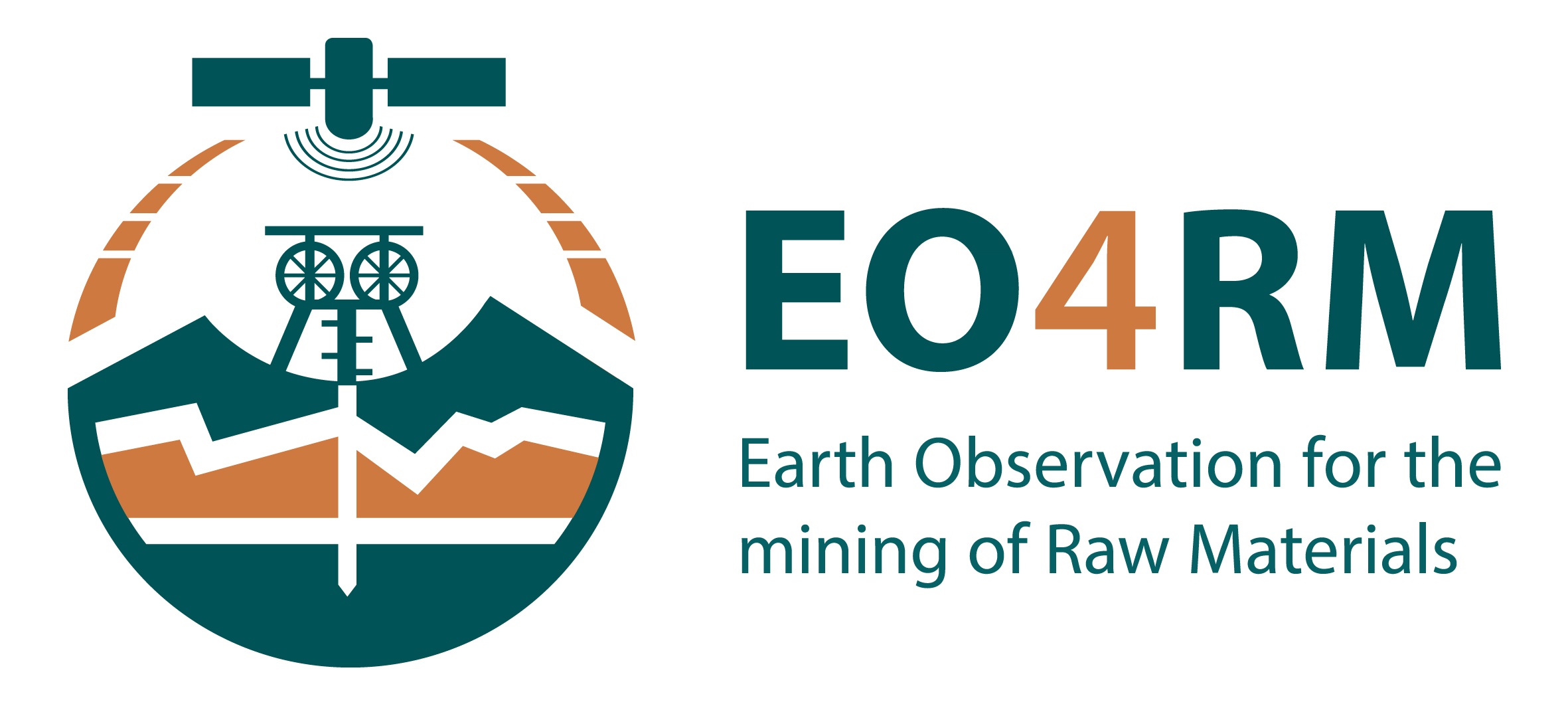Stockpile Monitoring | ||||||||
Stockpiles (Source: Google Earth) | ||||||||
PRODUCT DESCRIPTION | ||||||||
Category | ||||||||
|
| |||||||
Uses | ||||||||
| ||||||||
Challenges addressed | ||||||||
| Development and Operations – Stockpile Monitoring | ||||||||
Geo-information needs | ||||||||
| ||||||||
Description | ||||||||
It is essential in terms of managing a mine to continuously get information on raw material, ore and final product stockpiles. This product provides a monitoring service that helps to monitor any changes within the stockpiles as well as to calculate volumes. High resolution satellite imagery such as Pléiades could be used to address this issue. New methods with Stereo and Tri-Stereo images that are especially used for elevation modelling make it now easier to generate a 3D-model that is used a basis for further assessment. With this input data, further steps are applied, generating different models:
The volume of stockpiles is then calculated bringing those two input models together and calculating the differences between them. Also, changes in volume can be measured when comparing models from different points in time. Drones and UAV provide images can help with the detection of stockpiles and support the satellite imagery. They provide a higher resolution and can take pictures at a higher frequency. With the points clouds that can be derived, the volume is measured. Findings can be provided in reports providing statistical data, changes and progress. | ||||||||
Known restrictions / limitations | ||||||||
How well a product gives information on volume of stockpiles is highly dependent on the quality and resolution of satellite imagery. Using open source data, a resolution of 10 m is possible. However, depending on the dimension of stockpiles, this might be too coarse. Concerning change products consistent data from the same sources and the same period for the area of interest is needed. In case a further differentiation between types of material is needed, a hyperspectral analysis is obligatory. However, this analysis presumes bigger deposits as resolution is not as subtle as required for analysing such information. The courses of the Pléiades satellites are designed to cover every point on earth every day, however, a continuous monitoring every day might not be possible as clouds, shadows or other might influence the quality of imagery. Additionally used data such as drones and UAV may be costly. | ||||||||
Lifecycle stage and demand | ||||||||
Exploration | Environmental Assessment and Permitting | Design, Construction and Operations | Mine Closure and Aftercare | |||||
| ■■■■■ |
| ||||||
Design, Construction & Operations:
| ||||||||
Geographic coverage | ||||||||
| Globally available. | ||||||||
EARSC Thematic Domain | ||||||||
Domain | LAND | |||||||
| Sub-domain | Land use | |||||||
| Product description | Monitor land cover and detect change | |||||||
PRODUCT SPECIFICATIONS | ||||||||
Input data sources | ||||||||
| Satellite | Sentinel 2 | Worldview 1, 2 and 3 | SPOT 6, 7 | Pleiades | Pléiades Neo | |||
| Status | In operation | In operation | In operation | In operation | Planned | |||
| Operator | ESA | Digital Globe | Airbus Defence and Space | Airbus Defence and Space/CNES | Airbus Defence and Space | |||
| Data availability | Public | Commercial, on demand | Commercial, on demand | Commercial, on demand | Commercial, on demand | |||
| Resolution (m) | 10 - 60 | 0.31 - 0.46 | 1.5 | 0.5 – 2 | 0.3 – 1,2 | |||
| Coverage | Global | Global | Global | Global | Global | |||
| Frequency (days) | 5 | < 2 | < 1 | < 1 | < 2 | |||
| Launch year | 2015 | 2007/2009/2014 | 2012/2014 | 2011 | 2020 | |||
Website | link | link | link | link | link | |||
Minimum Mapping Unit (MMU) | ||||||||
Variable, depending on source data resolution. A MMU as small as the pixel size of the chosen satellite is possible. | ||||||||
Accuracy / constraints | ||||||||
Thematic accuracy: Detection of stockpiles within defined area; volume as well as changes in volume can be derived. Spatial accuracy: Dependent on input pixel resolution; Sub-pixel accuracy (i.e. <10m for Sentinel products) | ||||||||
Accuracy assessment approach & quality control measures | ||||||||
N/A | ||||||||
Frequency / timeliness | ||||||||
Observation frequency: Every one or more days, depending on satellite. Timeliness of delivery: Within five (working) days of sensing. | ||||||||
Availability | ||||||||
Data from all Sentinel satellites are freely available through the open data policy of the operator ESA (Sentinel-2A since 2015, Sentinel-2B since 2017). WorldView, SPOT and Pleiades data are commercially satellites and must be purchased through the operator/vendor Digital Globe (WorldView) or Airbus Defence and Space (SPOT, Pleiades). Usually available within hour(s) of satellite fly-over. | ||||||||
Delivery / output format | ||||||||
Further delivery formats: Statistical progress/change reports | ||||||||


This page has no comments.